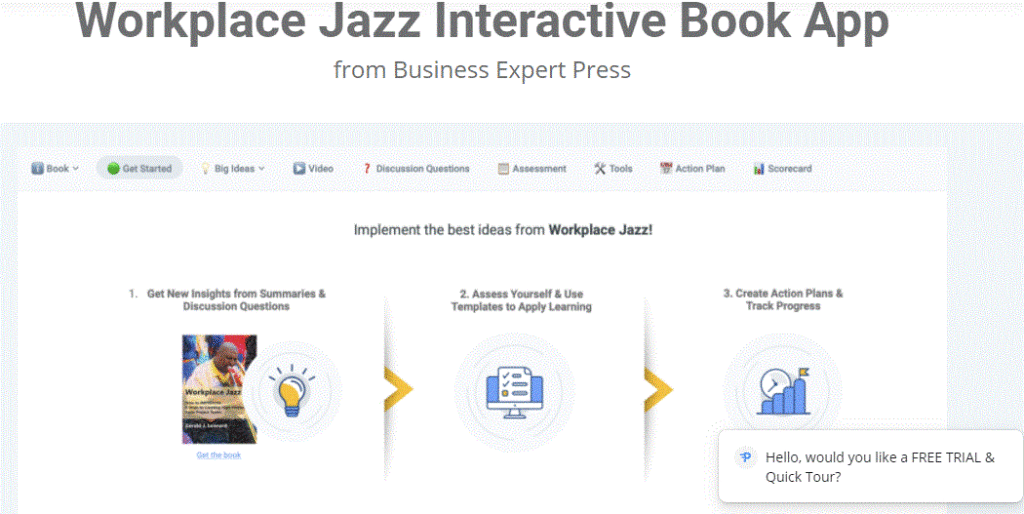In today’s business world, data-driven operations help productivity managers realize sustainable growth. With enough data, you can determine how your company is doing and use the info to plan for the future. The combination is referred to as actionable insights. Here are seven quick and easy actionable insights for productivity managers.
1. Install Data Management Technology
Make sure that your team’s data is easy to access by installing data management technology. For instance, a program like advanced business analytics will allow you to consolidate information from all of your sources into one simple platform that you can view and act on immediately if needed.
2. Focus on Workplace Culture
Keep workplace culture in mind. This can impact how your team performs, which can also affect your company’s profit margins. When people work in an environment that’s happy and supportive, they want to be there. Focus on your culture to ensure that it’s positive and strong. According to an Oxford University study, happy employees are an estimated 13% more productive than workers who are unhappy.
3. Encourage Completing Tasks in Sets
The book “The 4 Hour Work Week” states that there are ways to be more efficient at every task. Quick and easy actionable insights include completing tasks in batches instead of separating them into small chunks. To implement this as a project manager, consider how you handle data entry. Often, managers spread it out and send reports all week long. Instead, allocate a set time to complete it all at once.
For instance, plan coworker meetings so that they are back-to-back. Answer all of your voicemails at a specific time each day or week. Take advantage of automation to send weekly messages. You can also download social media software to manage these types of posts.
The thought behind this technique is that it takes most people time to develop a rhythm with each work task. If you stop and start different tasks, then you’re wasting time returning to your rhythm or coming back to where you left things.
Insight for living includes letting people set their hours according to their chronotype, which is a person’s natural body clock. Every human has a unique chronotype that has high energy points and low ones. About 10% of people are larks. This means that they have the most energy in the morning. An estimated 20% of people are owls. These folks work best at night. Everyone else is somewhere in between. Try to let people work when their energy levels are at their highest.
4. Complete Your Most Important Jobs First
Author Steven Covey covers this in-depth in his book “The Seven Habits of Highly Effective People.” In the book, he advises the reader to put “first things first.” When you follow this recommendation, you’ll be prioritizing your daily tasks—work at being disciplined enough to do jobs when you don’t want to. Focus on managing yourself instead of your time. For this tip, consider the Pareto Principle, which states, “80% of your results come from 20% of your time.”
Stop thinking of every decision as equally important. Jeff Bezos famously refers to decisions as type one or type 2. Type one decisions are big, scary, and high stakes, while type two decisions are ones that you can undo if needed. Most decisions are type two, so you should be able to make them fast. When you consider fewer decisions as type one, the less time you’ll spend communicating with others.
5. Be Efficient with Staff Meetings
Most people have participated in business meetings that they felt were a waste of time. Quick and easy business insights for project managers include holding useful meetings. Make sure that you’re creating an agenda and a goal for each session. If you’re not able to follow through with this step for a particular meeting, then cancel it.
Be respectful of each person’s time. If you schedule the meeting for an hour, make sure that you end it on time. You can end it early if you finish up before the hour is up, but don’t go over the hour. Prevent issues from developing and keep your team’s productivity levels high with clear planning steps that ensure you follow through with each meeting’s goal.
6. Consider Working Remotely
Office environments can encourage collective energy and give you access to more resources. They can also diminish your team’s productivity. Team members might interrupt coworkers who are in the middle of a project because they believe that they are experiencing an urgent matter while most of these issues are not urgent and can be dealt with later.
The Harvard Business Review conducted a study that determined when people worked from home; they were more productive. Remote staff members are also less likely to leave the company. This insight reveals that people are more content at home. If shifting to remote work is impossible, consider implementing a hybrid work environment in which some of the time is spent at the office, and some are spent working from home.
7. Focus on Engagement by Building Trust
One of today’s top management challenges is how to inspire and challenge workforces. When employees have a powerful connection to their job and coworkers, they feel like they are contributing in a positive way. This results in consistently positive outcomes for the company and its staff.
A critical key to building this type of culture is trust. Foster trust by:
• Recognizing worker excellence
• Assigning challenging jobs that are possible to achieve
• Giving people freedom over how they work
• Sharing information
Business Insights for Project Managers
Embrace these seven business insights to help your teams and company operate more effectively. If you need more guidance, contact us at the Productivity Intelligence Institute.


















